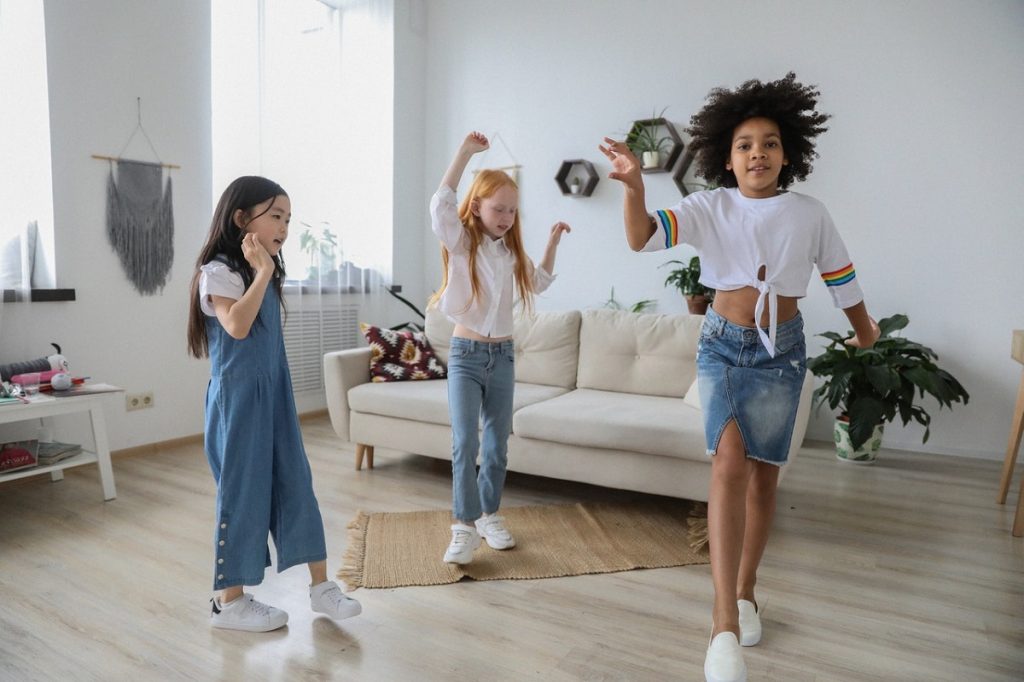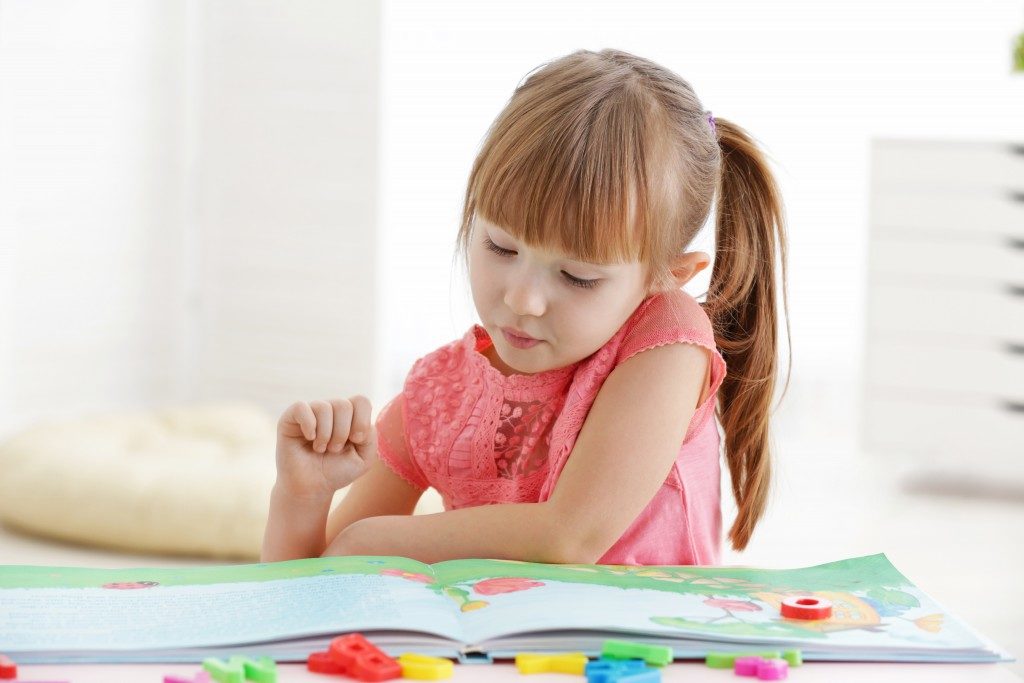Dear parents, by now, you’re probably busy planning your children’s summer activities. It is understandable. Imagine, these kids may have been quarantined for over a year! For all their patience, they deserve some break this season.
But if you’re looking for a worthwhile activity, something that is both fun and beneficial, then how about dance summer camps?
Here’s how dancing helps raise well-rounded, happy, and healthy kids:
1. Dancing Promotes Neurological Development
At first glance, dancing appears to be simple and easy. In reality, it involves different parts of the brain. A neuroscientist from Columbia University once considered this activity a pleasure double play. Dancing can activate the sections of the body’s command center responsible for motion or motor movements and the senses. Music, on the other hand, stimulates the rewards area. This is why dancing can feel so good!
That’s not all. In a PET imaging study, various brain regions get to work when a person dances. These include the basal ganglia found deep in the organ. Besides motor control, it also promotes executive function, behavior, and emotions.
It also stimulates the cerebellum, which other experts call a brain within the brain (little brain) because of its wide range of tasks. These include language processing, word comprehension or verbal fluency, visual working memory, and mental arithmetic.
Overall, dancing can help kids develop better-performing brains. It may enhance their memory and ability to make decisions. In turn, they are more likely to do well in school and even later in life.
2. It Decreases the Risk of Childhood Obesity
Childhood obesity is currently one of the pressing health problems in the United States. According to the CDC, the prevalence rate between 2017 and 2018 was 19.3 percent. This means that about 15 million children and teens are way beyond their ideal weight.
Being obese can introduce several conditions, including the increased risk of developing chronic diseases at an early age. These include heart disorders, type 2 diabetes, and hypertension. Big kids are also more prone to bullying, while they may struggle more with body issues or self-esteem.
Fortunately, parents can help kids maintain their kids’ ideal weight. Besides providing them with more nutritious meals, they can also keep them active, including dancing!
Dancing can burn an average of 330 calories an hour, depending on the child’s weight. The activity may also encourage them to bring out their creative side, so they can better express themselves in this art form. It will greatly help maintain better mental health.

3. Dancing Improves Balance and Flexibility
Sometimes many movements feel automatic that we often take them for granted. Take, for example, those that promote balance and flexibility.
These two are essential in everyday life, especially for children. Balance, for one, trains the different parts of the body, from the nerves to the brain and muscles, to work together simultaneously. Without proper balance, children cannot perform simple daily functions, such as sitting, standing, and walking. They cannot engage in other activities, like sports. Lastly, it allows for a faster reaction time. For instance, if the child falls, balance will help them get back up.
Flexibility is just as essential. Without it, kids can be prone to injuries affecting the joints. They are more likely to experience body pains prematurely.
Dancing enhances balance and flexibility by exposing the body to various movements safely to minimize the odds of developing injuries.
4. It Encourages Socialization
Do you know that most kids start acting self-entitled? This is normal considering the environment they’re in: parents and relatives dote on them, they can have anything they want, and, well, they have zero to less competition.
To help the child break this characteristic, parents can consider activities like dancing that encourage socialization. When they’re surrounded by other kids, they learn to be more emotional, sensitive, and empathetic. They will know that the world actually doesn’t revolve around them, but it’s okay.
Socialization can also help them build their self-identity and learn to act in a dynamic culture. Primary socialization, which can begin early in a child’s life, might also be the groundwork for how they mingle or build relationships with others later.
Granted, some children may feel intimidated to participate in a dance summer camp or class. What if they have two left feet? But then, that’s what the class is about—to help kids improve their movement and coordination. Besides even if they won’t learn how to dance like a pro, they can still get a lot from the activity. Just check this list of benefits.



